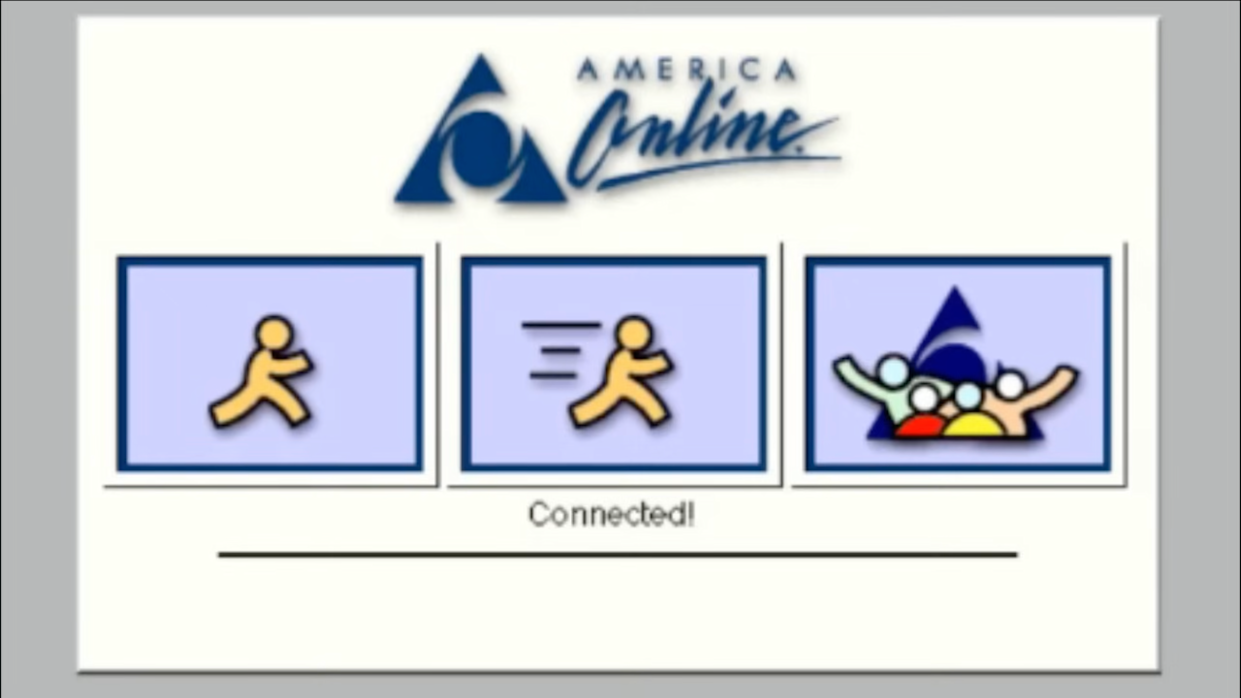The Dawn of a Digital Age: AOL & Dial-Up

Back in the early 1990s, America Online—originally called Quantum Computer Services until 1991—rose to prominence as the gateway to the internet for countless households (Engadget). With its easy‑to‑use interface, chat rooms, and whimsical “You’ve Got Mail” alerts, AOL introduced the internet to legions of non‑techies.
Competitors like CompuServe, Prodigy, and emerging services like MSN and EarthLink also played pivotal roles. Prodigy and CompuServe offered proprietary online platforms that provided forums, early email, and content, while Microsoft’s MSN launched its dial‑up service in 1995 alongside Windows 95 (Wikipedia).
By the late ’90s, broadband technologies (DSL, cable) started replacing dial‑up, but AOL’s massive subscriber base—over 20 million —solidified its dominance (Wikipedia).
Why Dial-Up Stuck Around for So Long
Rural Necessity
Many rural and underserved areas lacked broadband infrastructure or found it prohibitively expensive. Dial‑up remained an only viable option for basic connectivity (PC Gamer).Low-Cost & Familiarity
Dial‑up was cheap, simple, and people were comfortable with it. For email‑only users or very light browsing, it was “good enough.”Infrastructure & Legacy Systems
Businesses, remote devices—even old ATMs and switches—still relied on dial‑up modems (including US Robotics models) for secure backups or telemetry (vogons.org).Nostalgia & Niche Persistence
Some tech nostalgia communities are still actively firing up 56 k modems—just for nostalgia’s sake or to connect with retro bulletin‑board systems (Tom’s Hardware, Hackaday).
Yes, You Can Still Buy a 56K Modem
Believe it or not, brand new 56 k modems are still available! US Robotics continues to manufacture them in USB, PCI(e), or serial form factors. They’re compatible with modern OSes—even Windows 11 and Linux (Hackaday, usr.com). Want a USB dongle? They’re out there. Want to relive the screechy glory days? Go for it.
The Final Curtain: AOL Shuts It Down
In a fitting end to the era, AOL has announced it will discontinue its dial‑up service—including the AOL Dialer software and AOL Shield browser—on September 30, 2025 (PC Gamer).
Dial-up users are now officially dialed-out of the internet. It’s the end of a 34-year run that began with a screech, a beep, and that unforgettable “signed on” chime.
Takeaway
From being the defining internet experience of a generation, dial-up has morphed into a relic—clinging on in limited scenarios and among nostalgic hobbyists. Yet, thanks to legacy needs and rural gaps, it lingered long after broadband became ubiquitous. And yes, if you really want to, you can still pick up a 56 k modem today.
But soon, even those taps on the phone line will go silent. Time to say…